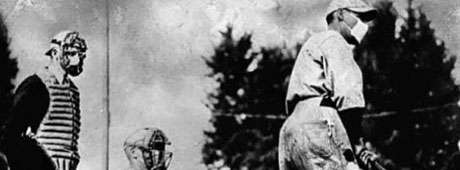No products in the cart.
The Forgotten Pandemic

Idaho’s Struggle with the 1918 Flu
By Diana Hooley
Idaho and Idahoans are full of stories, so it should not have surprised me to learn there are many compelling stories behind that other great flu pandemic to strike our state, caused by the H1N1 virus of 1918: the so-called Spanish flu. Though I’d read some about the Spanish flu, I knew little about what the contagion meant for Idahoans specifically. Then this spring I visited via email with a friend, Elmore County history enthusiast John Hiler. We were discussing the Covid-19 outbreak when John wrote that the Spanish flu killed three of his uncles—the brothers of his mother, Addie.
“I know that two of them died in the Twin Falls hospital and maybe another at Bruneau. Uncle Wid, at Bruneau, said most of the town was sick and many died.”
For weeks in March, my eyes had been glued to the television and computer screen, as I got daily updates on the rapidly spreading coronavirus disease. John’s comments about the Spanish flu made me wonder why, if it had so devastated Idaho, I hadn’t heard more about it. Apparently, I wasn’t alone. I soon found out that among the many nicknames given to the Spanish flu, such as the Army Plague and La Grippe, the Forgotten Pandemic seemed to be the most common.
I called the Idaho State Archives to find out more about the Spanish flu in Idaho, and combed through old newspapers throughout the state. I talked to county historical museum directors in Coeur d’Alene, Twin Falls, and Elmore County. I spoke about the flu with members of the Coeur d’Alene and Nez Perce Tribes. My research was helped along by several local and national media reports on the Spanish flu because of its similarities with our current pandemic. I searched for someone—anyone—who might have been alive during that time period and could have memories of the Spanish flu. Finally, I found such a person in 105-year-old Edith Webb Vannoy of Lewiston.
This content is available for purchase. Please select from available options.
Purchase Only
Purchase Only

